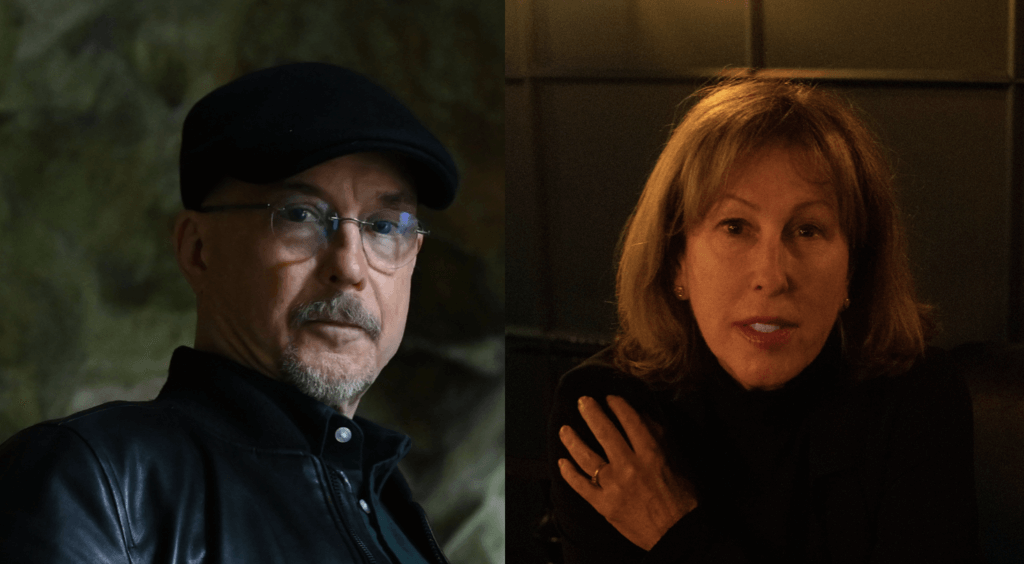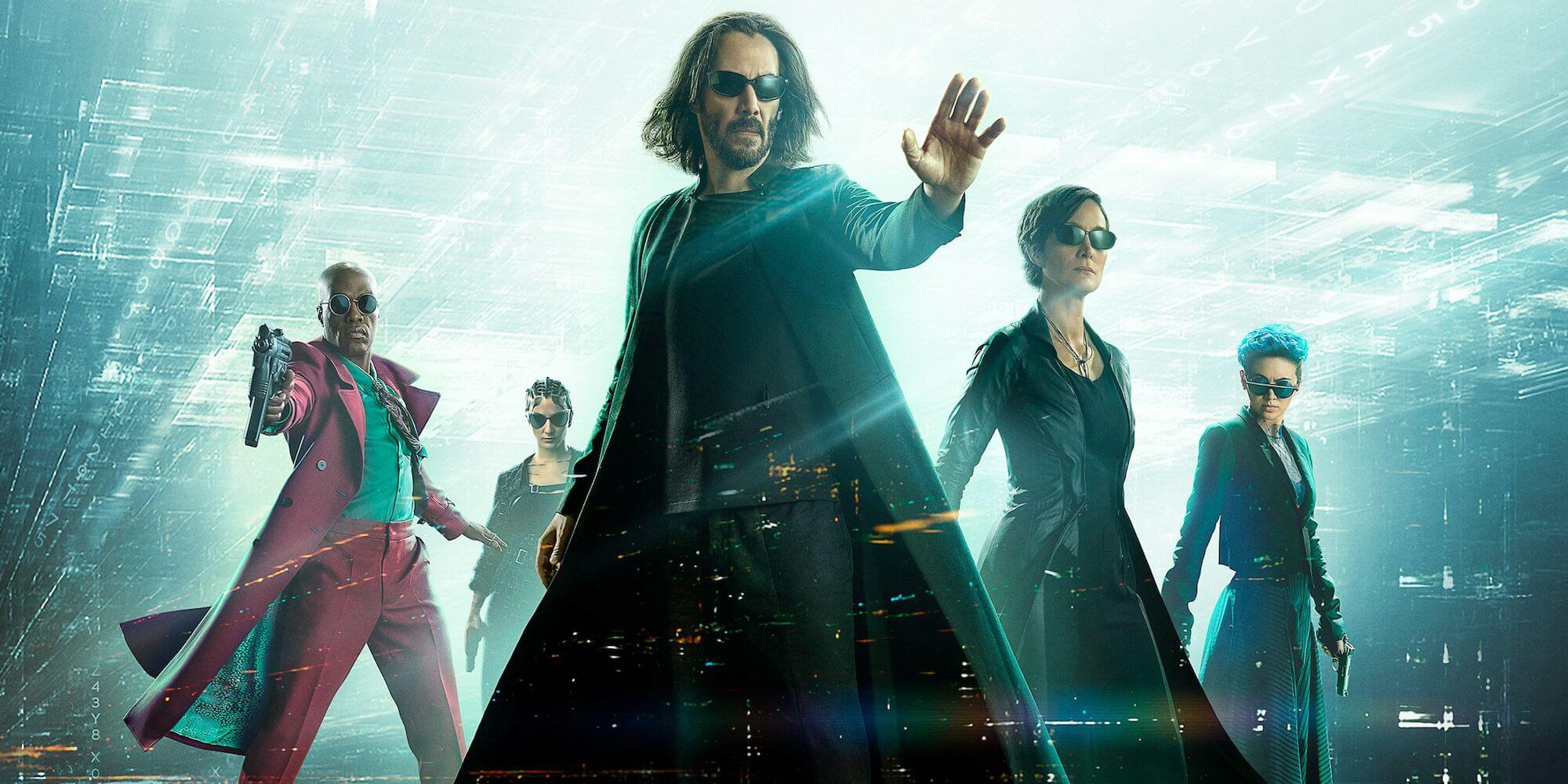Guests Dane Davis & Steph Flack talk about their work as sound supervisors on The Matrix Resurrections. They discuss the challenge of coming up with new sounds that fit into the existing world of the franchise, techniques to make tricky dialog work on screen and the differences in their workflows from the last time they worked on a Matrix film 18 years ago.

Links:
__________________________
The Following is a lightly edited and repaired, A.I. generated transcript of Tonebenders episode 188 – The Sound of Matrix Resurrections. Please excuse any typos or translation mistakes made by the algorithm .
Tim Muirhead/Host
Dane Davis / Co-Supervising Sound Editor
Steph Flack / Co-Supervising Sound Editor
__________________________
Narrator 0:17
You’re listening to Tonebenders, the sound designers podcast. Let’s do this.
Timothy Muirhead 0:29
Hello, and welcome to Tonebendors. My name is Tim Muirhead and I will be your host for today. This one is going to be a really fun talk. Because we’re going to follow the White Rabbit. We’re going to take the red pill, and we’re going to do a deep dive on the sound of the new Matrix film, Matrix Resurrections. Neo and Trinity are back on the big screen after a 20 year absence. And although things have changed a lot in how the Matrix works, one thing that hasn’t changed is the film sounds fantastic. It’s huge, but it’s detailed, and the sound pulls you in just as much as the visuals. I’m pleased to introduce you to two of the key members of the sound team of Matrix Resurrections. First up we have Steph Flack, you will have heard her work on such films as The Bourne Identity, Eight Mile and two of the 50 Shades films. She was also the dialogue supervisor on Matrix Reloaded and Revolutions. And she’s back on the train again, but this time as a Co-Sound supervisor on the new Matrix Resurrections. Welcome to Tonebenders Steph. It’s great to meet you!
Steph Flack 1:23
Thank you, Tim. Pleasure to be here.
Timothy Muirhead 1:26
Also joining us is the film’s other co-supervising sound editor and sound designer, Dane Davis. Dane won an Oscar for his work on the original Matrix. This is his fourth film in the franchise. Dane has worked extensively with Resurrections director Lana Wachowski on several films, including Speed Racer and the series SENS8, plus many more. It’s great to speak with you Dane, welcome to Tonebenders.
Dane Davis 1:47
Great to be here Timothy.
Timothy Muirhead 1:48
Let’s dig into the film. Because this film is kind of eight film genres all in one, everyone will be expecting the movie to have huge action sequences. And it does it delivers on that. But the whole first act is basically a comedy, which is very new ground for a Matrix film. And at the core of this movie, it’s basic DNA is it’s a love story. But there’s also mystery elements. There’s obviously a sci fi element in superhero motifs, but also turns into a zombie film at one point, how did you guys attack this kind of changes in motifs throughout the film stuff? Did that affect your dialogue editing at all? Or?
Steph Flack 2:22
Well, you know, the tone of the scenes did change with with the different genres and also the size of the scene, you know whether there was a background crowd or whether it was an intimate scene or with the bots and things like that. So it did kind of reflect the tone and the feel did reflect the changes and the nuances in that film types.
Dane Davis 2:46
A big part of it is the background sounds are going to be played, but also as the composers because they come on long before we do and you know, they’re building the way Lana likes to do it as they’re building the track, even before they start shooting, so that gives us some indication of the density of the score. But a lot of it’s just really about the textures and the density. So I think the dialogue has to be constructed with that in mind, right. And the kind of comedy This isn’t like slapstick comedy either. It’s super subtle, right? The funniest scenes in the analyst’s office are deadly quiet. So that performance, everything about the breaths and all that is very, very exposed. I think that makes it particularly tricky, as opposed to the zombie genre, part of the movie, which is everything all at 11. You know, I mean, extremely wide spectrum, dense action, and you still have to get the, you know, the essence of those characters, the realness, the live quality of those characters. So it’s a big span,
Click on Page 2 below, to read the rest of the transcription of this episode.
Pages: 1 2

